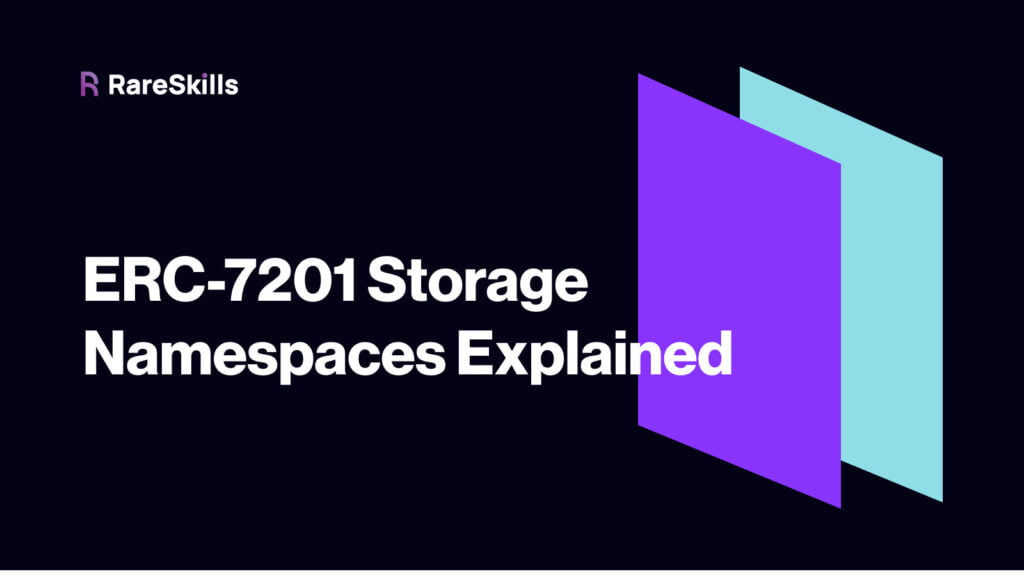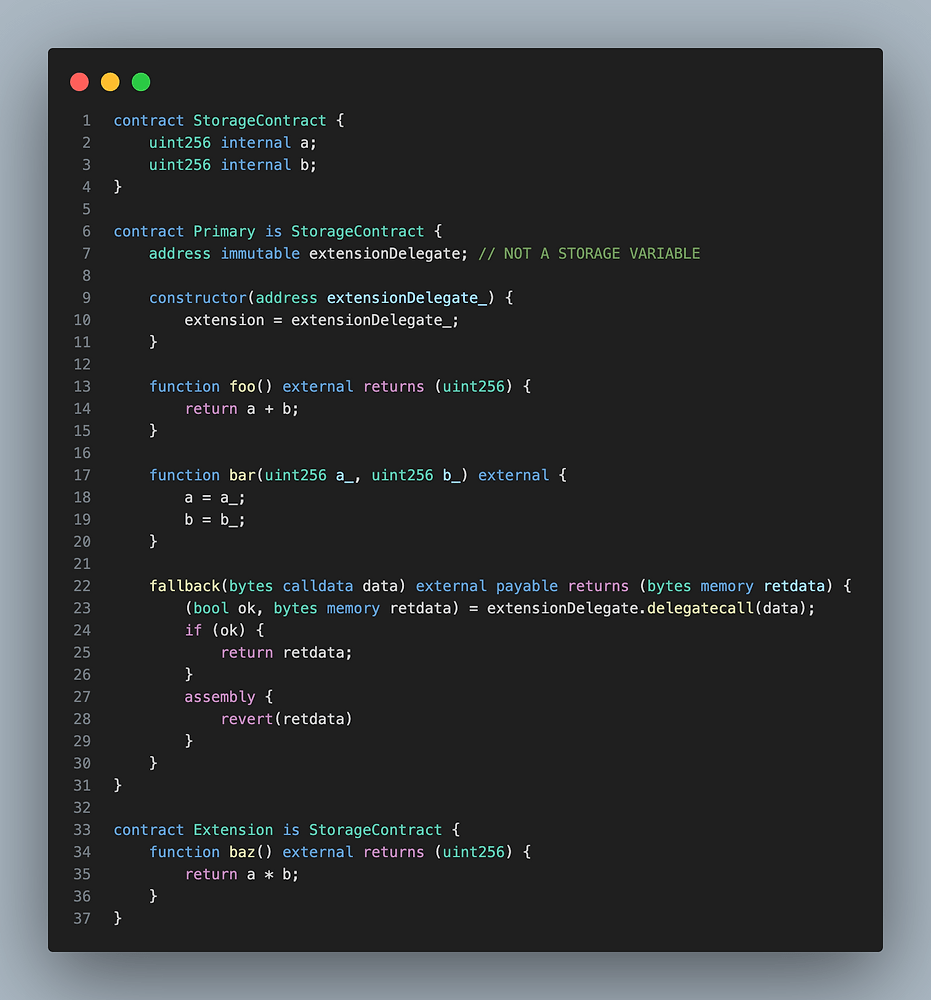Smart Contract Foundry Upgrades with the OpenZeppelin Plugin
Smart Contract Foundry Upgrades with the OpenZeppelin Plugin Upgrading a smart contract is a multistep and error-prone process, so to minimize the chances of human error, it is desirable to use a tool that automates the procedure as much as possible. Therefore, the OpenZeppelin Upgrade Plugin streamlines deploying, upgrading and managing smart contracts built with Foundry or […]







